Projects Google Fonts ought to fund in 2023?
Comments
-
Adobe contributed a CFF backend to Freetype - it fits into their overall CFF (vs truetype) strategy, but somewhat unrelated either at the strategic level or tech/ABI level to open-source-ing the rest of their tool set, say, the proprietary part of AKDKO further. That does not go towards (partially) open-sourcing Indesign/Illustrator etc.
My (private) proposal involves untangling the Microsoft Apple cross-licensing mess regarding truetype.1 -
This is a great point.John Butler said:This thread began with a representative of Google, from time to time the richest, most powerful and resourceful company on the planet, soliciting requests as to how they might allocate upcomng time and money in the realm of type and typography
[…]
The point of my comment was that Google can likely more efficiently finance the further development of existing open source illustration and layout projects, to more benefit for Google Fonts type users, than other alternatives.
@Dave Crossland On Google docs and slides, is there a plan to include missing Noto fonts and/or improve the rendering for some scripts (e.g. Nastliq)?
0 -
There is, and it has occupied my life for the past three months! We are currently loading all of Noto into Workspace, and aim to have this done by the end of the year. I've also fixed quite a number of Noto bugs, but if you have any problems with rendering (especially Nastaliq) please let me know via the bug reporter.KP Mawhood said:@Dave Crossland On Google docs and slides, is there a plan to include missing Noto fonts and/or improve the rendering for some scripts (e.g. Nastliq)?3 -
I have this to offer... 8 Years in my "Work in Progress" folder.
Maybe we can release it this year as a VF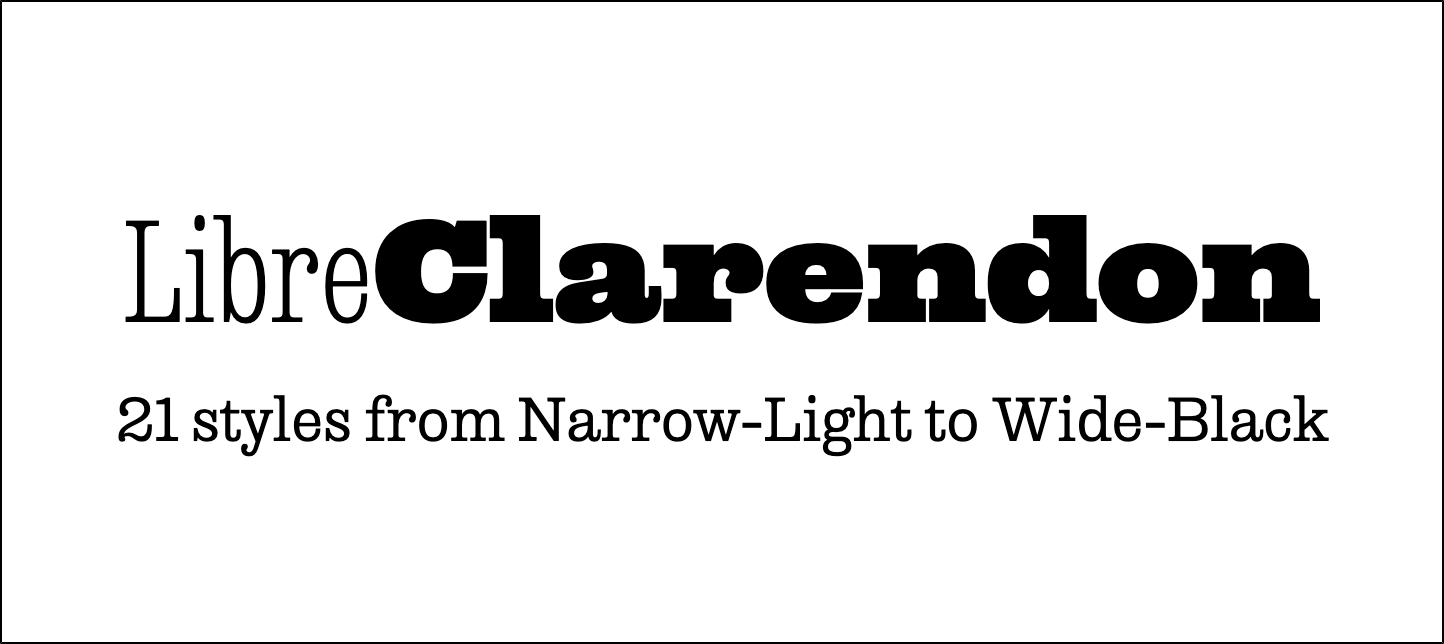
Stopped working on it when I run out of ink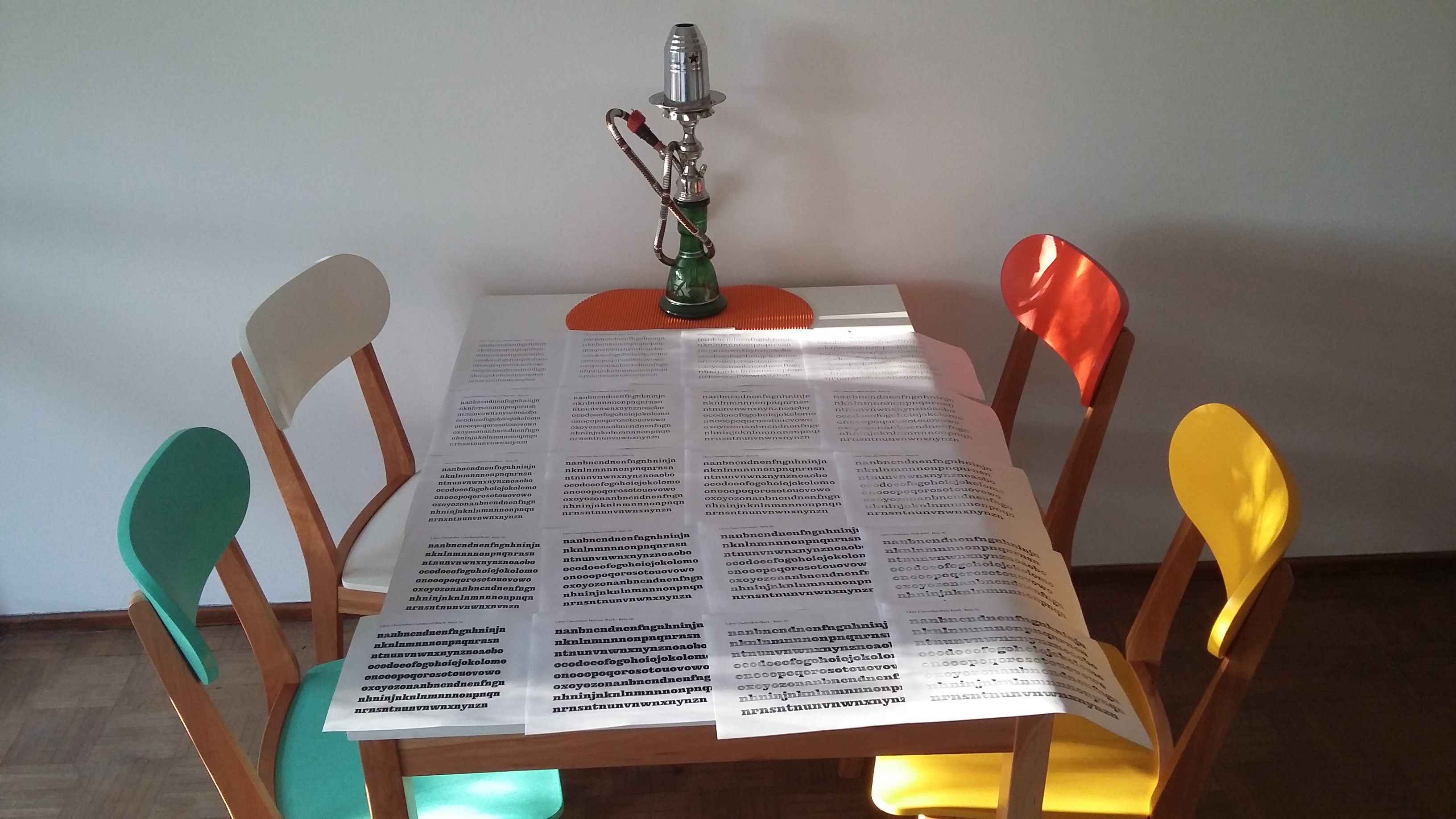
Fake In Use samples in the "1960's Headliners NY" style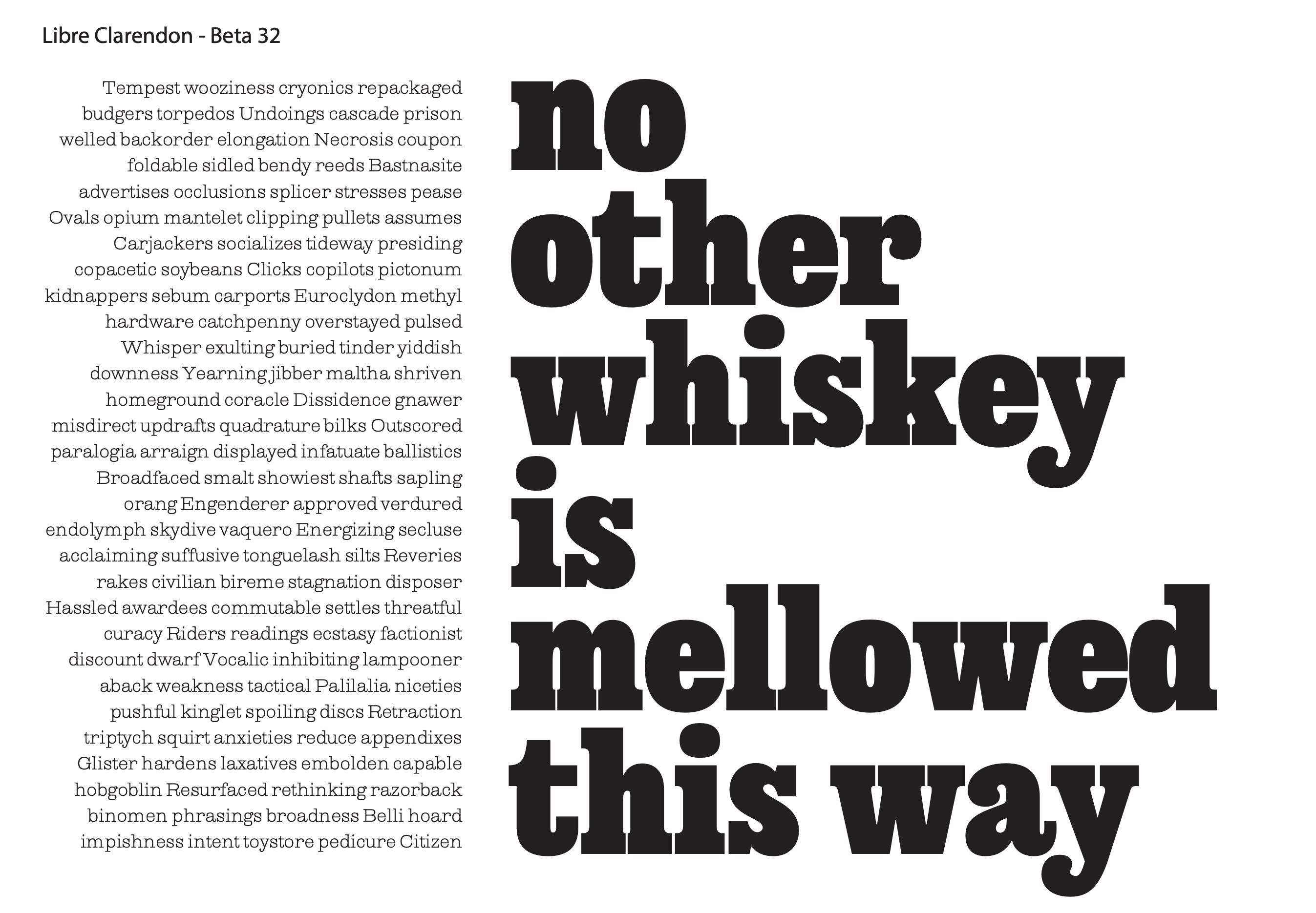
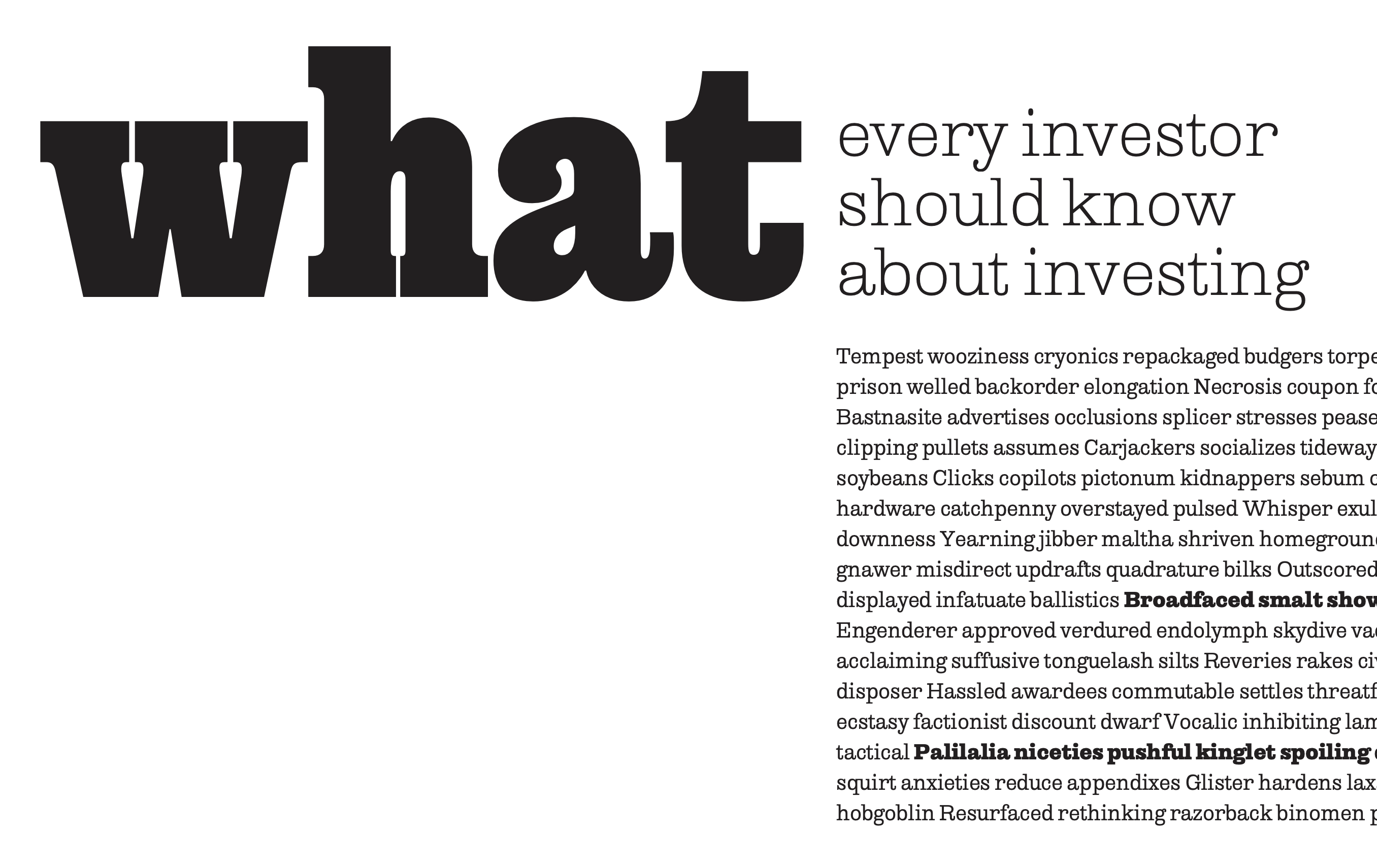

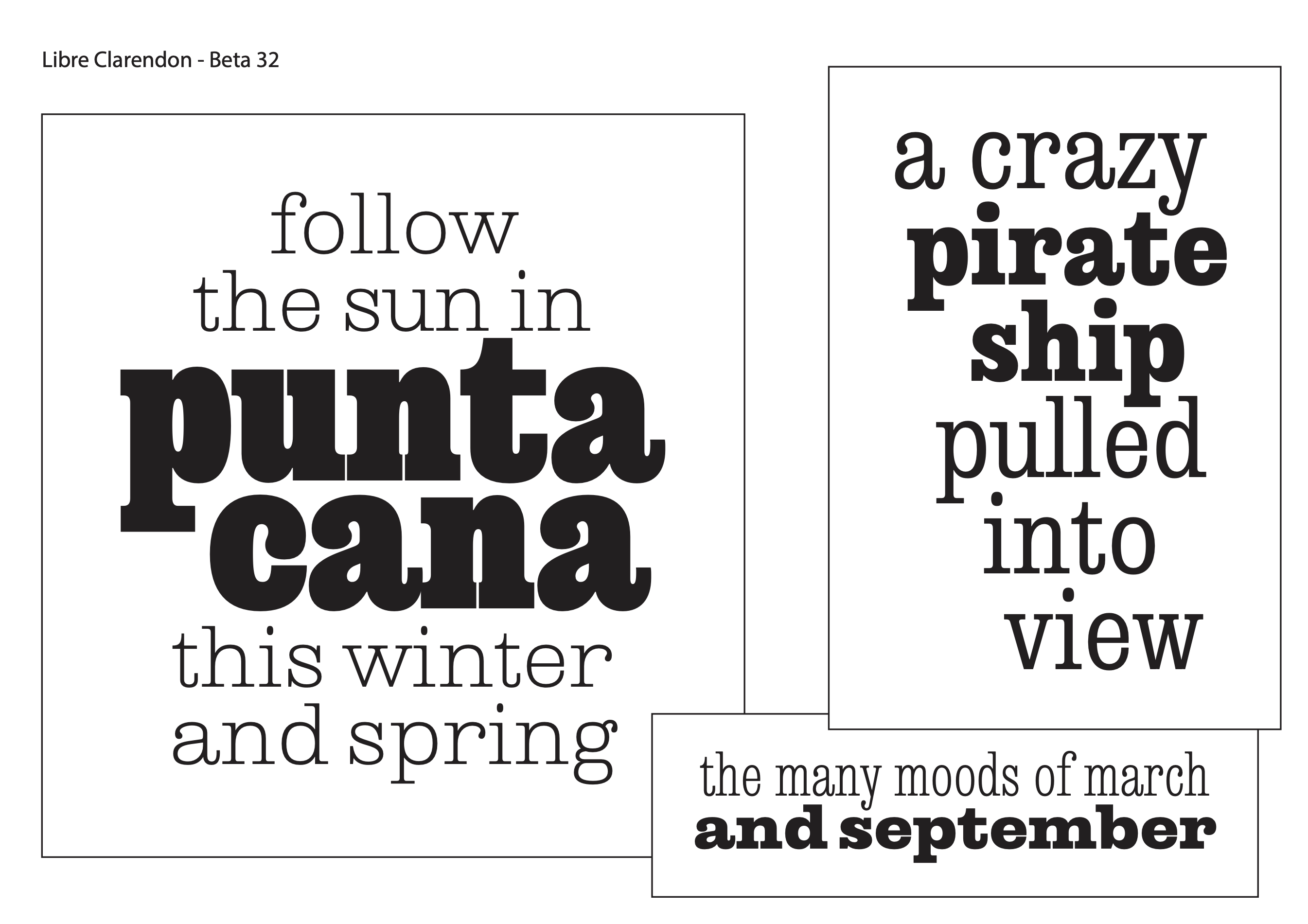
2 -
Can your AI take as input the parametric axes in amstelvar and combine them with your Clarendon's single optical size set of weights and widths to give you parametric axes from which to use in concert to make optical size variations, and then just have the ai mak the optical size variations, and see which approach is better?1
-
On 24 May, which is the Day of Slavonic Alphabet, Bulgarian Enlightenment and Culture, I posted on Facebook about Bulgarian Cyrillic forms. Someone replied in a comment that on MacOS and iOS, Facebook is able to display Bulgarian Cyrillic forms automatically for posts or comments identified as being in Bulgarian.
However, this doesn't work on Windows or Android. For the latter, my guess is that this is because Roboto does not support Bulgarian Cyrillic forms as far as I can tell.
So my suggestion would be to add Bulgarian (and Serbian) Cyrillic forms to Roboto and other widely used fonts. It is a pity that Bulgarian Android users are not able to read Facebook posts and comments in Bulgarian Cyrillic forms unlike Bulgarian iOS users.2 -
Your typefaces are worth much, much more than what Google usually offers for them. Keep in mind that you could continue licensing them with absolute autonomy for the rest of your life and this means a lot of revenue. Don't be silly, don't be cheap.
1 -
My best-selling font is used by dozens of people. My Google Font is used by millions of people. I prefer the latter.Also, the money I got for Cormorant is still more than what I earned with my 7 retail fonts combined over the course of a decade. You're overestimating the potential revenue, at least for my case as an amateur font designer.3
-
...at least for my case as an amateur font designer.
Then my advice is: don't be that amateur type designer whose most profitable option is to sell cheap his/her fonts to Google.
0 -
@Die in-dryfoun I'm not sure what use your advice is to anyone. Have you seen Christian's work? Do you know what Google pays? (Hint: it's not always the same.) Can you predict how much money a retail typeface is going to make? (If you can, please tell us how.)
I'd suggest we let people make their own decisions on how to monetise their work. And like Christian said, it's not all about the money.
3 -
Thanks for your kind words my fondue friendDie in-dryfoun said:Your typefaces are worth much, much more...
I have many fonts in progress, some of them are of no use to GF, so I will release them under commercial licenses on my own website, as an experiment... let's see what happens! Hopefully I could do bothDie in-dryfoun said:... than what Google usually offers for them. Keep in mind that you could continue licensing them with absolute autonomy for the rest of your life and this means a lot of revenue. Don't be silly, don't be cheap.
0 -
Oh, right, I should rather be the amateur who makes millions off of his hobby. Silly me!Die in-dryfoun said:...at least for my case as an amateur font designer.Then my advice is: don't be that amateur type designer whose most profitable option is to sell cheap his/her fonts to Google.
1 -
What does Google usually offer?Die in-dryfoun said:Your typefaces are worth much, much more than what Google usually offers for them.0
Categories
- All Categories
- 46 Introductions
- 3.9K Typeface Design
- 487 Type Design Critiques
- 564 Type Design Software
- 1.1K Type Design Technique & Theory
- 656 Type Business
- 861 Font Technology
- 29 Punchcutting
- 520 Typography
- 119 Type Education
- 324 Type History
- 77 Type Resources
- 112 Lettering and Calligraphy
- 33 Lettering Critiques
- 79 Lettering Technique & Theory
- 558 Announcements
- 94 Events
- 114 Job Postings
- 170 Type Releases
- 179 Miscellaneous News
- 276 About TypeDrawers
- 54 TypeDrawers Announcements
- 120 Suggestions and Bug Reports




